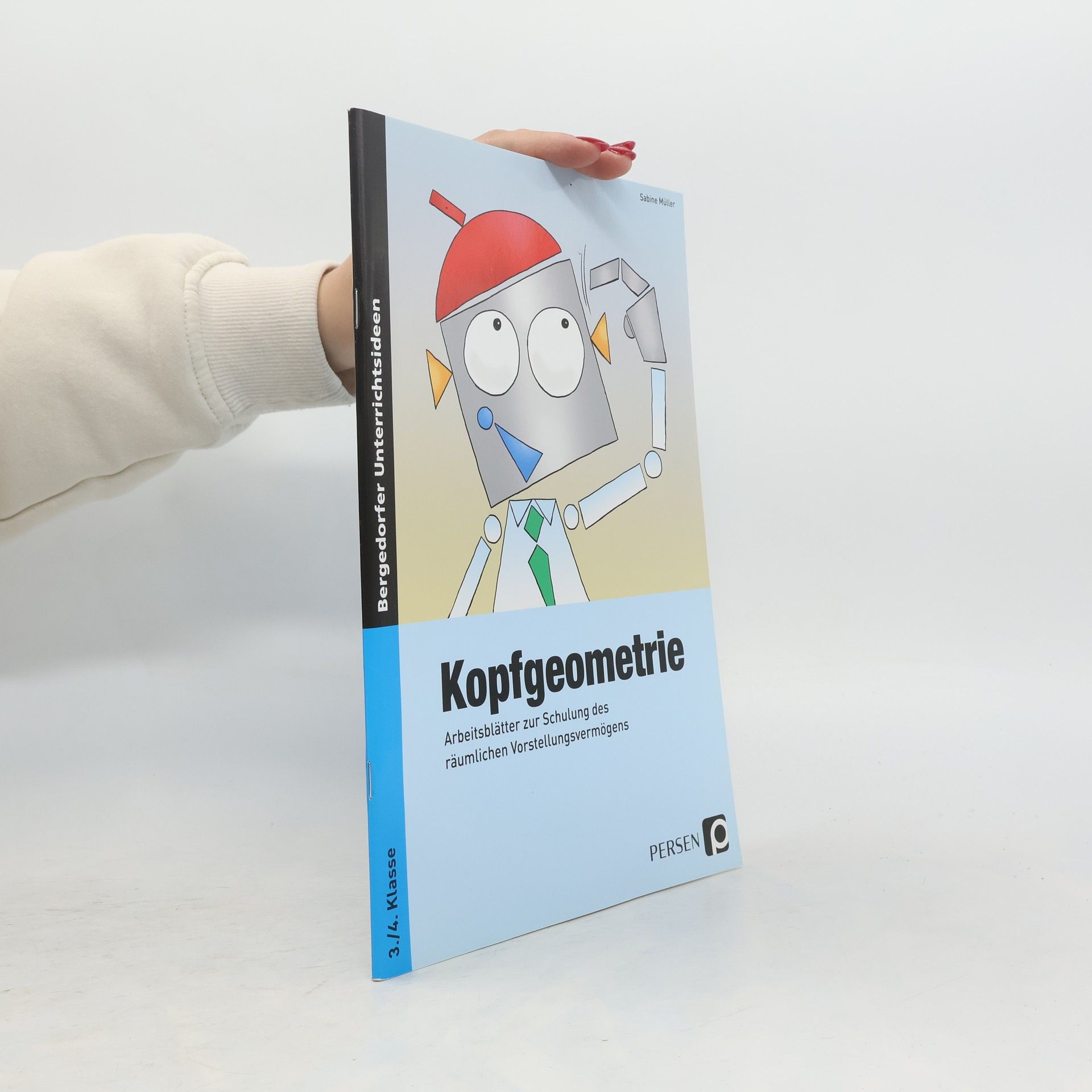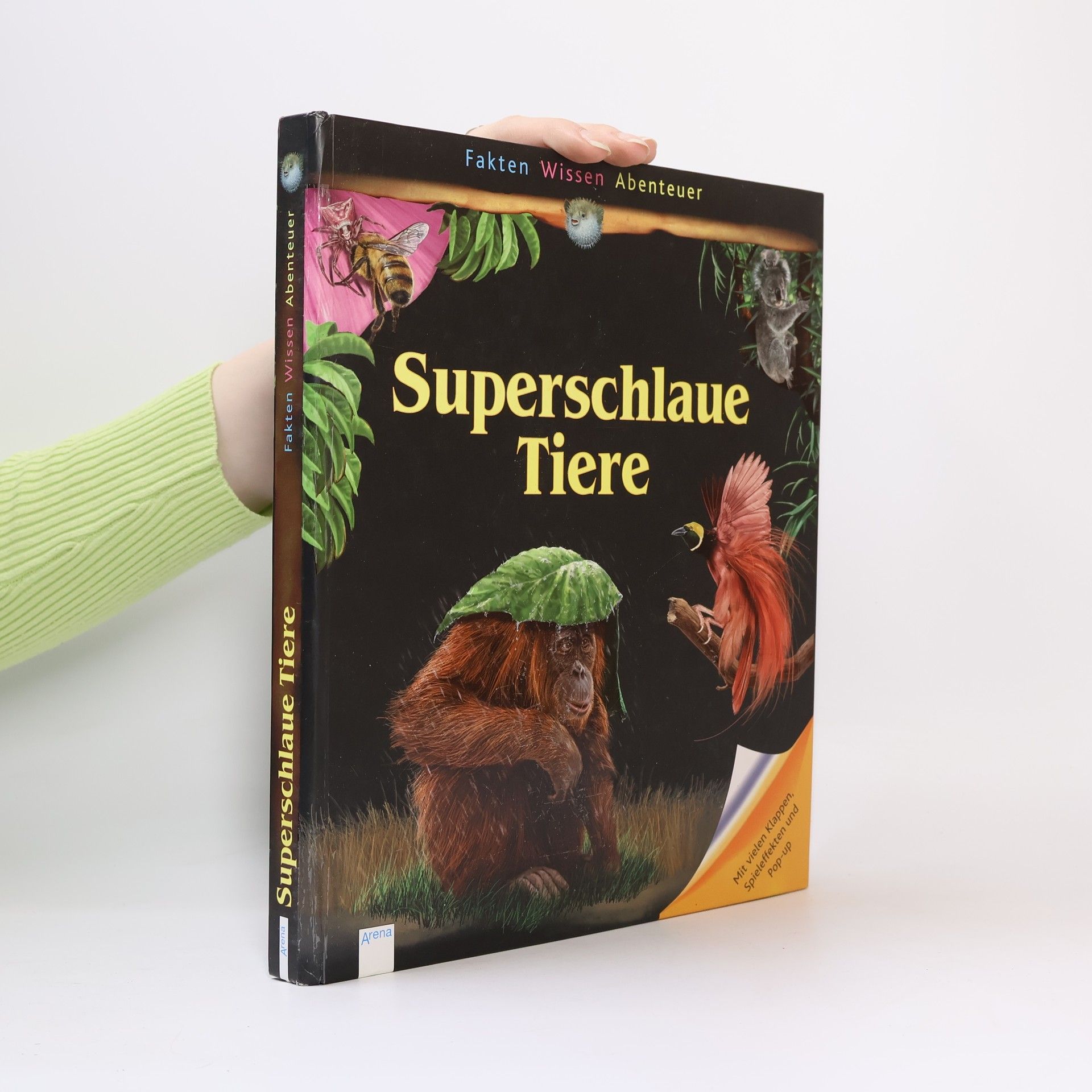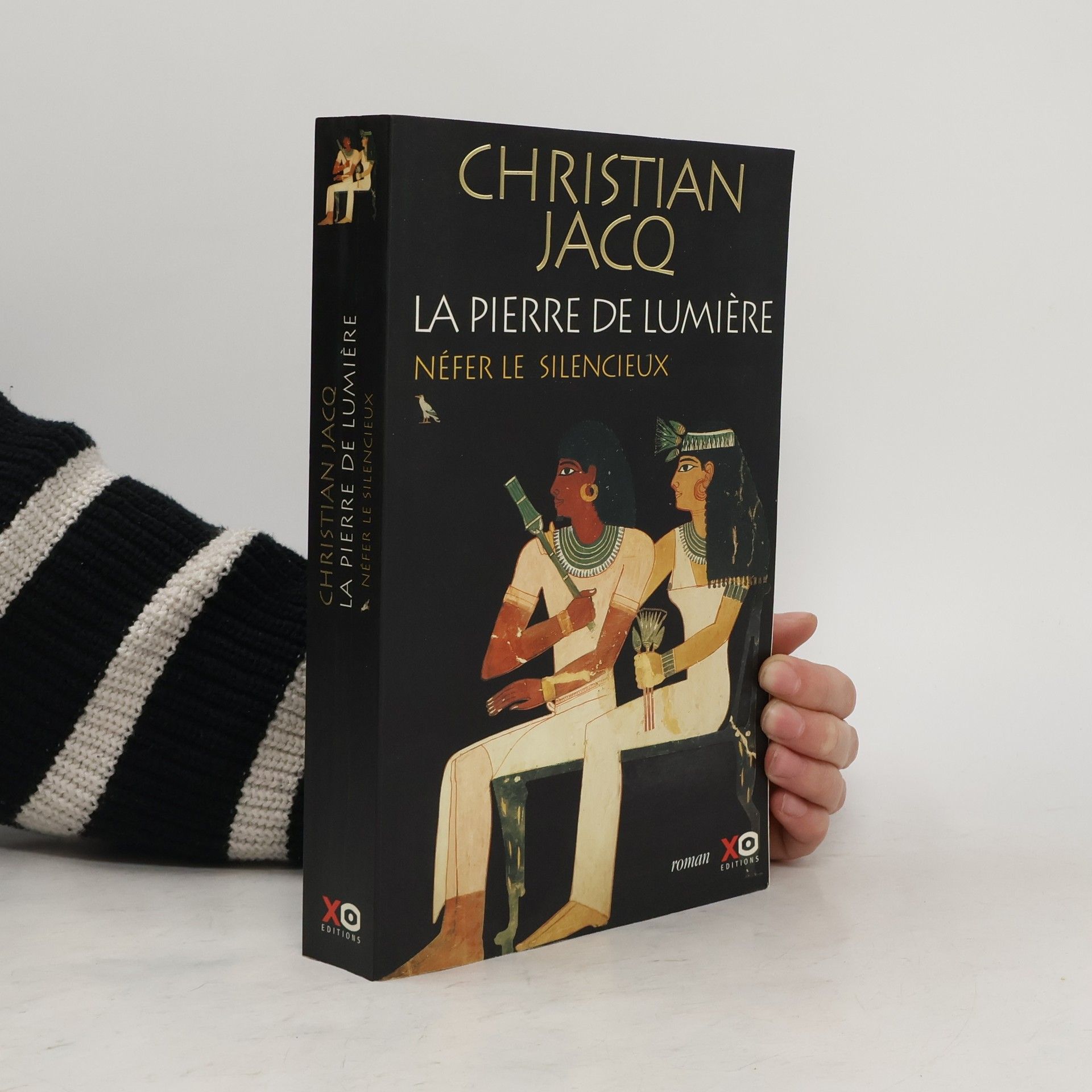Mit exklusiven Texten von Wiglaf Droste, Barbara Morgenstern, Linus Volkmann, Martin Büsser, Asmus Tietchens, Oliver Uschmann, Roger Behrens, Sonja Eismann, Jan Off, Klaus Fiehe, Hans Hoff, Klaus Walter, Harald 'Sack' Ziegler, Elisabeth Esselink (Solex), Jürgen Roth, André Herzberg, Klaus N. Frick, Tom Tonk, Franziska Menke, Michael Zuckle und vielen anderen. „Man muss Phil Collins nicht gehört haben, um zu wissen, dass er scheiße klingt.“ Denken Sie an eine bekannte Platte, an ein legendäres Album. Sie kennen es. Vom Hörensagen. Selbst nie gehört. Sie glauben zu wissen, wie die Scheibe klingt, klingen müsste. Sie glauben über die Band, die Musik, die Anhänger oder gar den poptheoretischen Zusammenhang Bescheid zu wissen. Und sicher gibt es gute Gründe, warum Sie die Platte nie gehört haben. Sie schreiben dennoch einfach eine Rezension aus dem Blickwinkel: Kenn' ich nicht, schreib' ich aber trotzdem drüber. So haben sich die Autoren dieses Buches dem Thema 'Plattenrezension' genähert. Völlig selbstsicher und behauptend. Anmaßend. Voller Ehrfurcht. Entlarvend. Analysierend. Mit dem mangelnden Respekt vor vermeintlichen Meilensteinen der Musikgeschichte. Entstanden ist eine Sammlung, die offenbart, dass der gemeinen Plattenkritik kaum zu trauen ist. Viel Spaß beim Nichthören.
Sabine Müller Livres






Dans une cité interdite de Haute-Egypte vit une confrérie d'artisans et d'artistes chargés de creuser et de décorer les tombes de la vallée des Rois afin de perpétuer leur vie éternelle. Ce village mystérieux, protégé par de redoutables gardes, porte un nom évocateur : La Place de Vérité. Nul ne sait ce qui s'y passe et personne n'a le droit d'y pénétrer... Ses habitants ne répondent qu'à leurs propres lois et ne dépendent que d'un seul maître, leur pharaon Ramsès le Grand. Mais l'un des gardes est assassiné et le soupçon s'abat sur la cité. Qui veut la détruire ? Y aurait-il un traître, ou plusieurs, à l'intérieur de La Place de Vérité ? Christian Jacq signe ici un roman fabuleux ou se croisent, au nom de l'art le plus somptueux, le destin des pharaons, les intrigues des courtisans, le génie des artistes et les passions des hommes... Docteur en études égyptologiques, Christian Jacq est l'auteur de nombreux essais et romans. Son dernier grand succès, Ramsès, s'est vendu à onze millions d'exemplaires dans plus de cinquante pays à travers le monde.
Putain
- 186pages
- 7 heures de lecture
Une jeune prostituée exorcise son mal-être par l'intermédiaire d'une confession sur l'excès, le désespoir, la douleur de sa vie.
Das Buch bietet kindgerechte Verse von Jutta Gornik, die durch lebendige, bunte Illustrationen ergänzt werden. Es eignet sich hervorragend zum Vor- und Mitlesen und fördert die Sprachentwicklung sowie die Fantasie der Kinder. Die ansprechenden Bilder und die einfühlsamen Texte laden dazu ein, in die Welt der Poesie einzutauchen und gemeinsame Lesemomente zu genießen. Ideal für Eltern und Erzieher, die die Liebe zur Literatur frühzeitig vermitteln möchten.
Ein interaktives Buch über die faszinierenden Verhaltensweisen von Tieren, das durch Pop-Ups und Spieleffekte zum Mitmachen einlädt. Es bietet spannende Informationen über Affen, Pinguine, Putzerfische und viele weitere Tiere.
Geometrie mit Köpfchen! Das räumliche Vorstellungsvermögen ist eine wichtige Alltagskompetenz, die regelmäßig im Geometrieunterricht geschult werden sollte. Mit diesem Band bekommen Sie Arbeitsblätter an die Hand, mit denen Sie Raumorientierung und die visuelle Wahrnehmung von Informationen bei Ihren Schülern anbahnen und vertiefen können. Ob Spiegeln und Spannen von Figuren oder Kippen und Drehen von Körpern - bei fast allen Aufgaben müssen die Schüler gedanklich mit den Figuren und Körpern operieren, um zu den Lösungen zu gelangen. Die Kopiervorlagen sind direkt und ohne große Vorbereitung im Unterricht oder als Hausaufgabe einsetzbar.
Glücksorte in Oldenburg
Fahr hin & werd glücklich
Moin und herzlich willkommen in der „Kohltourhauptstadt“ Oldenburg. In der Stadt an der Hunte kann man geschichtsträchtige Herzstücke aus den Zeiten als Residenzstadt entdecken, durch Deutschlands älteste Fußgängerzone bummeln, einen Kurzurlaub auf Saltkrokan bei meisterhaftem Gebäck verbringen oder sich ganz traditionell bei einer Kohlfahrt vergnügen. In diesem bunten Mix aus Urbanität und Beschaulichkeit findet sich garantiert ein Glücksort für jeden Geschmack!
Es gibt mehr als 11 Millionen Singels in Deutschland, und den meisten von ihnen ist eines gemeinsam: die tiefe, hartnäckige Sehnsucht nach einem Menschen, der zu ihnen gehört. Hier erzählen christliche Autorinnen und Autoren von ihren Erfahrungen mit dem
Verfassende Urteile
Eine Theorie des Rechts
Gerichte nehmen mit ihren Urteilen großen Einfluss auf Verfassungsentwicklungen. Wie aber können diese Urteile Verfassungen erweitern, verdichten oder verändern? Und was heißt es überhaupt, rechtlich zu urteilen? Um verfassende Urteile über ihre Rechtsförmigkeit zu erklären, rekonstruiert Sabine Müller-Mall in ihrem scharfsinnigen Buch Verfahren juridischen Urteilens. Sie entwirft nicht nur eine grundlegende Perspektive auf den Zusammenhang von Recht und Konstitutionalisierung, sondern auch eine Theorie des Rechts, die das Urteilen zum Ausgangspunkt nimmt.
Zielgerichtet: Dieses Handbuch ist das ideale Handwerkszeug für eine lösungsorientierte Rechtsanwendung in der täglichen Praxis und bietet zugleich eine wissenschaftlich vertiefte Darstellung des gesamten Vollstreckungs- und Insolvenzrechts, inklusive Immobiliarvollstreckung. Es punktet nicht nur mit seiner Berücksichtigung sämtlicher vollstreckungsrechtlicher Neuregelungen seit 2013, sondern verschafft Ihnen ebenfalls einen praktischen Überblick zum Kostenrecht in der Zwangsvollstreckung. Die praktischen Muster und Berechnungsbeispiele erleichtern Ihnen entscheidend die Arbeit, insbesondere bei der Pfändung von Forderungen. Das Gesamtpaket für Sie: -Sämtliche vollstreckungsrechtlichen Neuregelungen seit 2013, insbesondere das Gerichtsvollzieher-Schutzgesetz (GvSchuG), das Gesetz zur Fortentwicklung des Sanierungs- und Insolvenzrechts (SanInsFoG)-Räumungsvollstreckung bei Wohnraum, insbesondere die sogenannte Berliner Räumung-Eingehende Erläuterungen zur Vermögensauskunft des Schuldners-Umfassende Darstellung mit Mustern zur Räumungsvollstreckung
